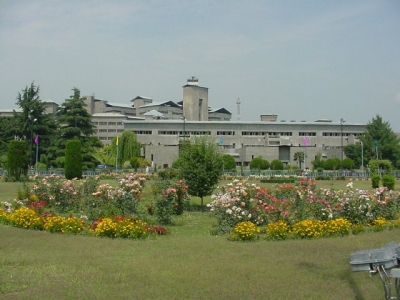
Wasim Bhat
The looming winter has again raised the spectre of dark cold days that the people in the colder regions of the state will have to suffer for months altogether. Though the Power Development Department has claimed that the demand and supply differential this time around is narrower than years past, unscheduled blackouts are frequent in the winter capital Srinagar part from the scheduled power cuts. The situation elsewhere can only be left to one’s imagination.
The debate over the state’s massive hydroelectric potential, to the tune of 20,000 megawatts and the meagre installed capacity has grown clamorous over the years but little has moved on the ground. The National Hydroelectric Corporation [NHPC]has over the decades deftly manoeuvred around the unstable politics of the state to establish an energy regime that is undemocratic and unrepresentative and constitutes a ‘drain of wealth’, of enormous proportions from the state.
This has been accomplished on the backs of pliant state governments, who have not leveraged the state’s water potential to the advantage of the region but sold rights of a people’s resource without even bothering to tax the use of this water until recently.
In this manner, the state’s larger political economy has been relegated to the disempowered dark corners of a severe dependence that has not only prevented the rise of a self reliant economic infrastructure but has also enervated the politics of the region.
The hegemony of this current energy regime is so great that critical concerns in setting up of hydroelectric power projects like environment impact assessments [EIA] have been given short shrift and have been commissioned merely as formalities. Successive state governments have looked the other way, while people have been displaced largely without adequate compensation as in the case of the Baghliar Power Project in Doda district or when major concerns have been raised around environmental impact as in the case of the Kishenganga Power project in Bandipore district.
The extensive militarization of the state across its various regions especially in the past two decades is helping in consolidating this hegemony to a significant extent. The manner in which public protests have been suppressed and the strict control over access to areas like the Gurez valley by the military makes people’s movement, access and organization on an issue like this relatively difficult.
What emerges is a tightly managed synergy by an extensive military, energy and political complex to deprive a region of its infrastructural[used in the Marxian sense] potential and in the process impose an idea of development that has no representation or common consensus, on an unwilling and often restive population .In the final analysis, this scenario also inflicts environmental costs on the regions natural resources which might take not mere decades but centuries to recover.
In a political perspective, where the people cannot or have not been able to affect a change in the energy policy of the government at any level, the government’s attitude amounts to callousness.















